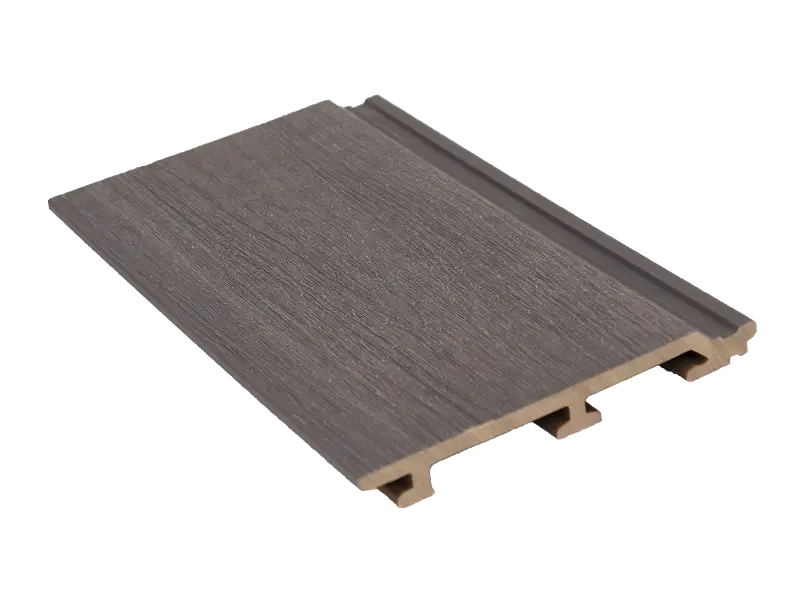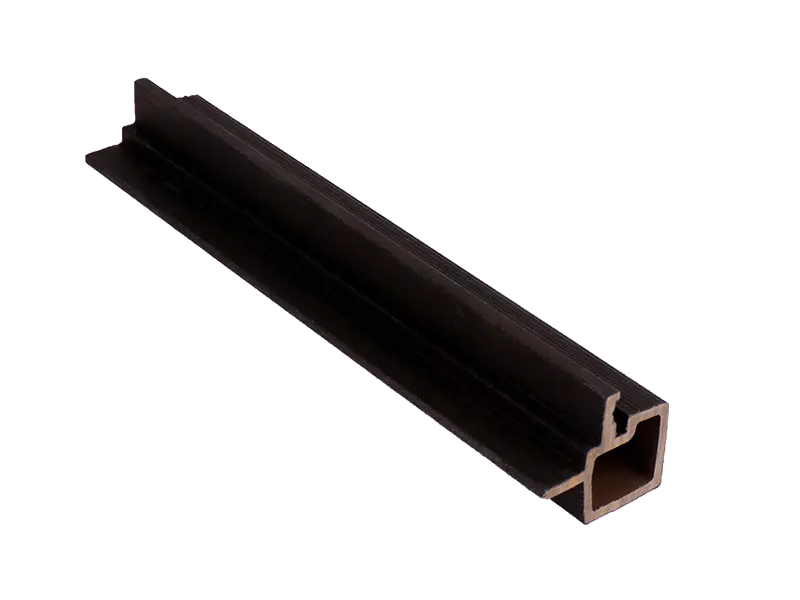
Should You Seal the Cut Ends of Composite Decking?
When installing a deck, the visible cut ends of boards often raise questions: “Do I need to seal them?” While traditional timber decks definitely require end-grain sealing, the answer for modern composite decking—especially Superior WPC boards—is more nuanced. It’s not always required, but understanding the impact of exposed ends helps you make an informed choice.
What Happens at Unsealed Ends?
Even capped or co-extruded composite boards may have exposed core material at the cut ends. This can allow moisture ingress, leading to swelling, warping or shell cracking—especially in older composite generations. Experts note that once the board ends have flared, they rarely return to shape.
How Superior WPC Addresses Cut Ends
Superior WPC boards are engineered with a dense composite core and full-length protective shell, offering enhanced resistance to end-grain moisture absorption. While manufacturer guidelines may not require sealing, careful installation and cutting practices reduce risk and maintain performance.

When Sealing Ends Makes Sense
In certain conditions, applying a seal or end cap can add protection:
- Boards with hollow core or exposed ends
- High-moisture or coastal installations
- Custom cuts or mitered frame detailing
Installation Tips for Cut Ends
To optimize performance of your Superior WPC deck at the cut ends:
- Ensure proper drainage and airflow at board ends
- Use compatible end caps or trim pieces when appropriate
- Avoid sealing over manufacturer wraps that require expansion gaps
Conclusion
While sealing every board end of a Superior WPC composite deck isn’t always necessary, awareness of exposed ends is important. With correct installation, drainage and finishing, you can achieve long-lasting performance without extra sealing—yet the option remains when conditions demand it.

